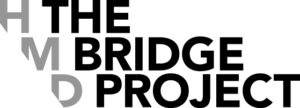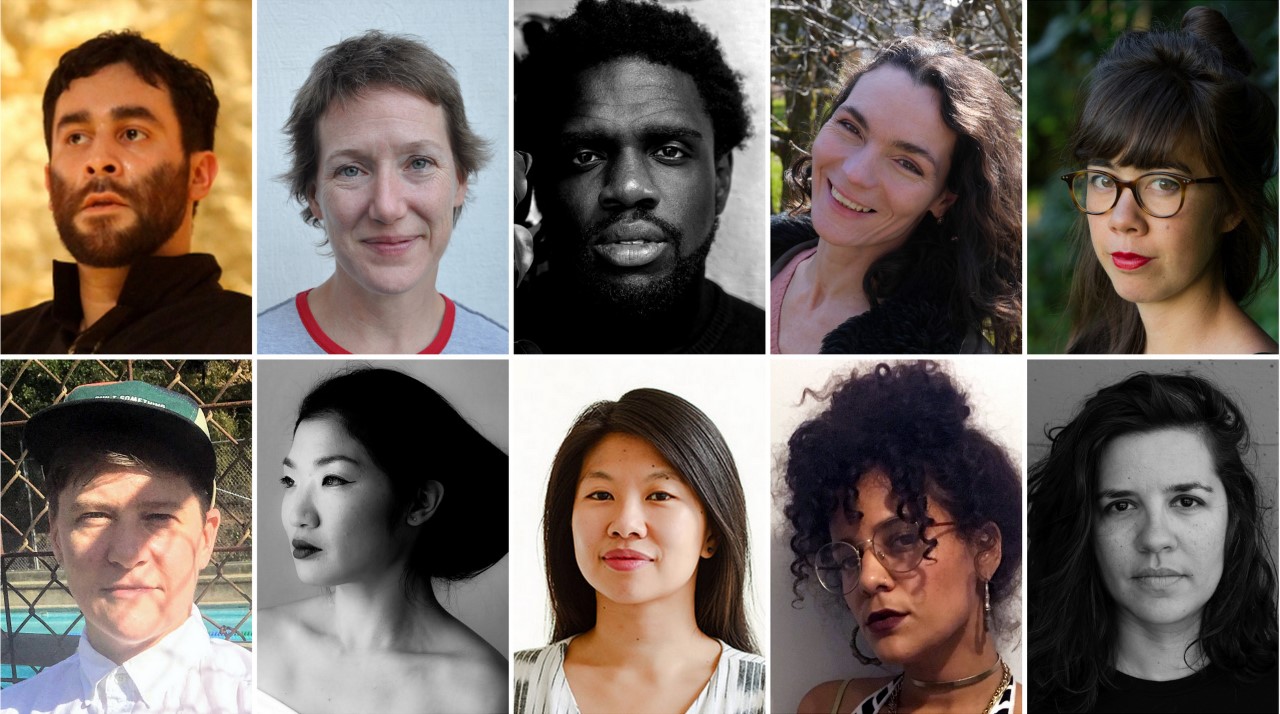In November, Hope Mohr Dance presented Signals from the West: Bay Area Artists in Conversation with Merce Cunningham at 100, celebrating and interrogating the work of dancer and choreographer Merce Cunningham in honor of what would have been his 100th birthday. A bicoastal collaboration with the Merce Cunningham Trust, ODC Theater and SFMOMA’s Open Space as part of the international celebration of the Cunningham centennial, the project commissioned ten Bay Area artists from diverse disciplines and backgrounds to participate in a generative workshop with former Cunningham dancers Rashaun Mitchell and Silas Riener and create new works of art in response. These commissioned works premiered, alongside excerpts of Cunningham repertory performed by Bay Area dancers at ODC Theater November 8 & 9, 2019; SFMOMA’s Open Space commissioned an online series in conjunction with the program.
 This program was the 2019 incarnation The Bridge Project, an innovative approach to curation manifesting each year as a series of equity-driven cultural conversations around a theme, crossing discipline, geography and perspective.
This program was the 2019 incarnation The Bridge Project, an innovative approach to curation manifesting each year as a series of equity-driven cultural conversations around a theme, crossing discipline, geography and perspective.
The intention of Signals from the West was not to further canonize Cunningham’s work, but rather to create a space for contemporary cultural exchange. The spirit of innovation comes not only in celebration of Cunningham’s contribution to the field of contemporary dance, but also in the practice of artists outside of dance using his creative vocabulary as an inspiration for new work. While many centennial events sponsored by the Cunningham Trust focused on revisiting the past, engaging in nostalgia, restaging repertory or showing archival films, The Bridge Project was instead interested in how Cunningham’s work might move forward.
To foreground difference, the curators of the Bridge Project – Hope Mohr, Claudia La Rocco and Julie Potter – commissioned artists representing a diversity of disciplines, perspectives, and ways of working, intentionally not selecting participants who had worked directly with the Cunningham company. Says Mohr, a former student of Cunningham, “The field has to reckon with how to make the histories vibrant and these legacies relevant. … We wanted to make it clear [these artists] were invited to ask the big questions, particularly questions about race, identity, who is excluded.”
Calling herself a curatorial activist, Mohr encourages artists to take a less precious approach to the canon of work that has come before and break free of fidelity to the past. With the creation of each iteration of the Bridge Project, Mohr is curating inquiry, innovation and expansion on the legacies the art world has inherited and creating space for new work to emerge.


